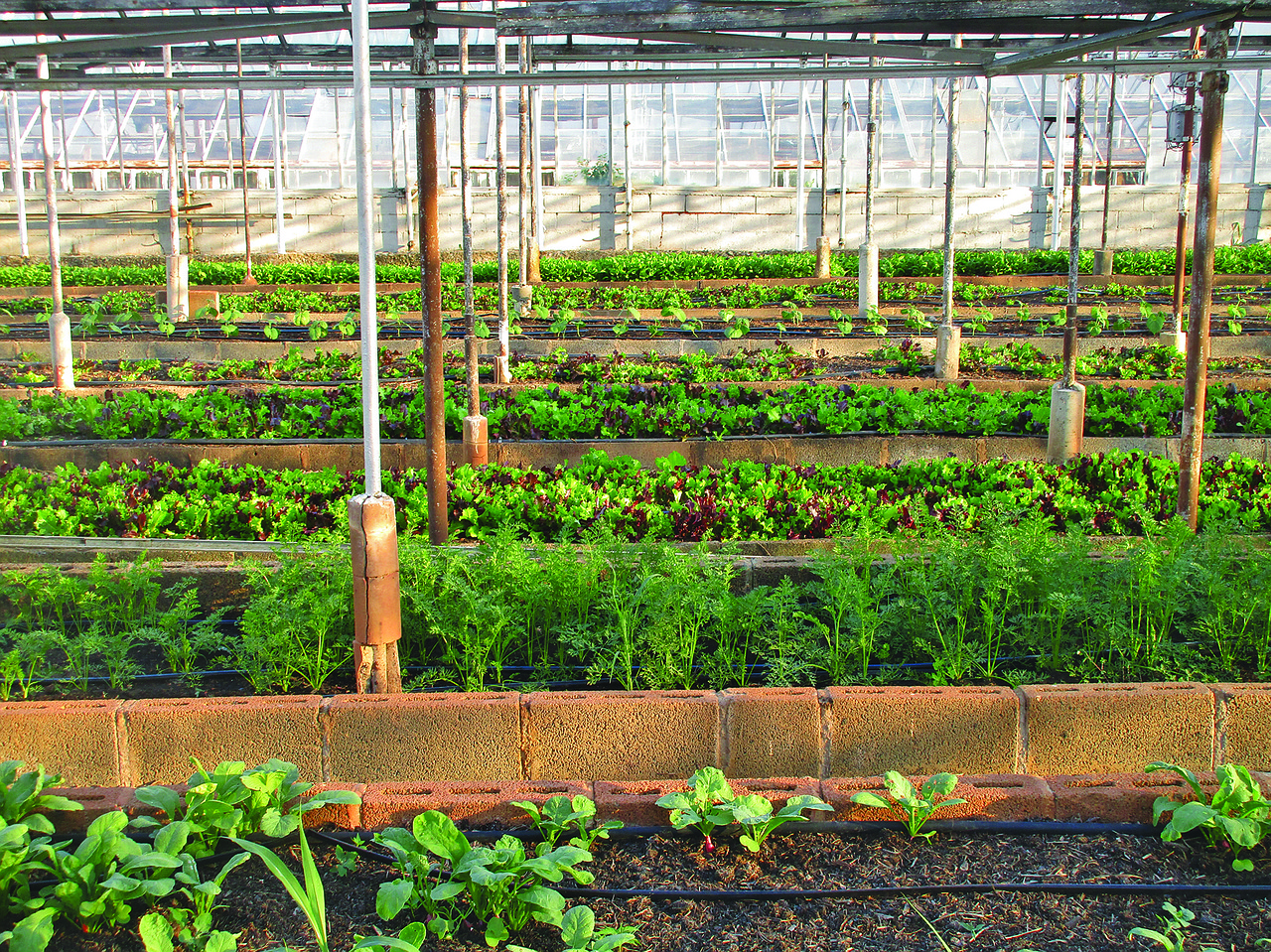
As a gardener, timing is crucial for the success of your vegetable garden. Colorado’s unique climate and elevation require careful consideration to ensure optimal planting conditions. In this article, we will explore the best times to plant various vegetables in Colorado, taking into account the state’s diverse regions and microclimates. With our guidelines, you can maximize your chances of a bountiful harvest and enjoy homegrown produce throughout the growing season.
Cracking the Colorado Code: Frost Dates and Beyond
Unlike flatter regions, Colorado’s diverse elevations create microclimates that dictate planting times. Understanding your frost dates is paramount. These magical dates mark the final spring freeze and the first autumn frost, dictating the safe window for planting frost-sensitive vegetables. But don’t be fooled by a single number! Research your specific zone (USDA Plant Hardiness Zones) for accurate frost dates, considering you might live in a valley oasis or a mountaintop haven.
Beyond frost, other factors influence planting success. Consider:
- Soil temperature: Most veggies thrive in warm soil (above 50°F). Use a soil thermometer to gauge readiness, remembering that elevated areas warm up later.
- Daylength: Some plants, like lettuce, prefer shorter days, while others, like tomatoes, flourish in long summer days. Choose varieties suited to your region’s light patterns.
- Precipitation: Colorado’s erratic rainfall can be a blessing or a curse. Drought-tolerant veggies like peppers and squash are wise choices, while water-loving crops like cucumbers might need extra help.
Seasons of Planting Vegetables in Colorado
Spring Planting: Sowing Seeds of Success
With winter’s icy grip loosening, the early spring (March-April) beckons. This is the time for hardy heroes like:
- Root vegetables: Beets, carrots, and radishes germinate in cool soil, rewarding you with crisp, early harvests.
- Leafy greens: Kale, spinach, and lettuce thrive in cooler temperatures, adding vibrant pops of color to your salad bowl.
- Peas and onions: These adaptable allies tolerate light frosts and provide essential flavor companions for later dishes.
Transplant tender seedlings like tomatoes and peppers only after the last frost has danced its farewell jig.
Summer Planting: Embracing the Warmth
Mid-spring (May-June) sees Colorado bask in golden sunshine. Now it’s time to unleash the heat-loving divas:
- Tomatoes, peppers, and eggplant: These sun-worshippers demand warm soil and long days to produce juicy fruits and flavorful delights.
- Cucumbers, squash, and zucchini: These vining vegetables bask in the warmth, providing endless options for summer grilling and refreshing salads.
- Herbs: Basil, dill, and cilantro add a fragrant touch to summer dishes and thrive in the abundant sunshine.
Pro tip: Don’t forget succession planting! Stagger plantings of fast-growing crops like lettuce and spinach throughout the summer to enjoy a continuous harvest.
Autumnal Planting: Savoring the Season’s End
As summer’s warmth wanes, early fall (September-October) offers a second chance to plant. Cooler temperatures favor:
- Brassicas: Broccoli, cauliflower, and cabbage appreciate the crisp air, adding hearty notes to autumn meals.
- Greens: Arugula, kale, and spinach return for a final hurrah, perfect for incorporating into fall stews and soups.
- Root vegetables: Plant radishes, turnips, and beets for delicious, late-season harvests that can even store well into winter.
Consider using cold frames or greenhouses to extend the growing season in these cooler months.
Preparing Your Garden for Success
1. Soil Preparation
Colorado’s soil is diverse, ranging from sandy to clay-rich. To ensure your vegetables thrive, it’s essential to amend your soil with organic matter like compost or well-rotted manure.
2. Watering
Colorado’s climate is arid, and water is a precious resource. To ensure your vegetables grow to their full potential, it’s essential to water them regularly, especially during the hot summer months.
3. Sunlight
Colorado’s sunshine is abundant, but not all garden spaces receive equal amounts of sunlight. To ensure your vegetables grow properly, it’s essential to choose a location that receives at least six hours of direct sunlight per day
4. Pest and Disease Management
Colorado’s diverse ecosystem is home to a variety of pests and diseases. To protect your vegetables, it’s essential to monitor your garden regularly and take preventative measures like crop rotation, interplanting, and using organic pest control methods.
1. When should I plant tomatoes in Colorado?
Tomatoes are warm-season vegetables and should be planted in Colorado between June and August.
2. Can I grow lettuce in Colorado during the summer?
While lettuce is a cool-season vegetable, it can be grown in Colorado during the summer if planted in a shaded area or under a protective structure.
3. How do I protect my vegetables from late frosts?
To protect your vegetables from late frosts, you can cover them with row covers, blankets, or cloches.
4. What is the best way to water my vegetables in Colorado?
To water your vegetables in Colorado, it’s essential to use a drip irrigation system or soaker hoses to deliver water directly to the roots.

